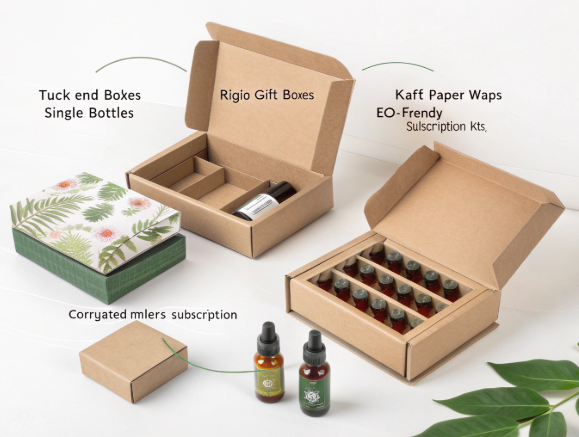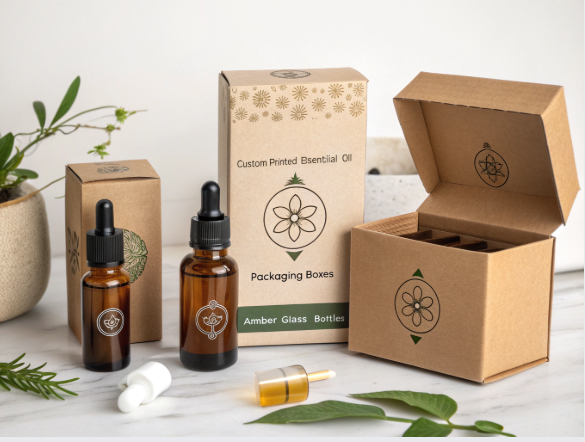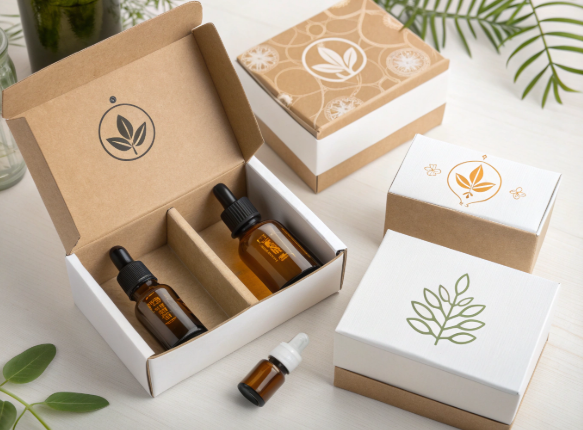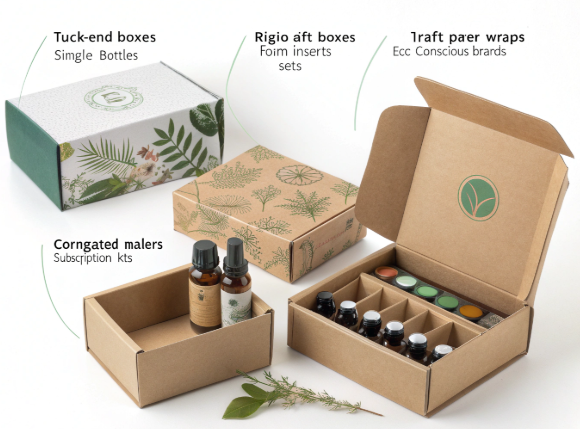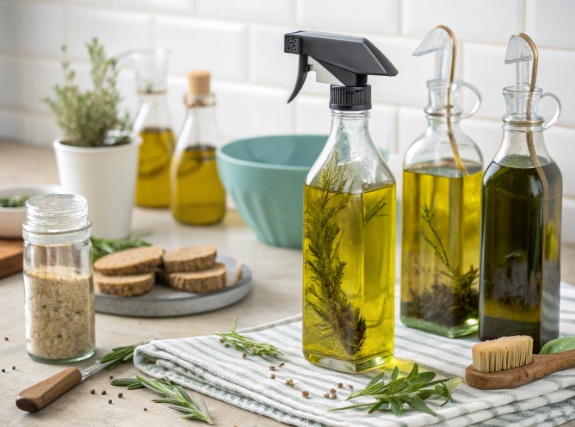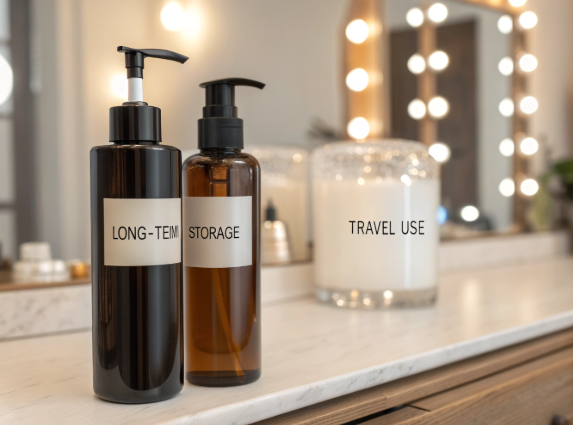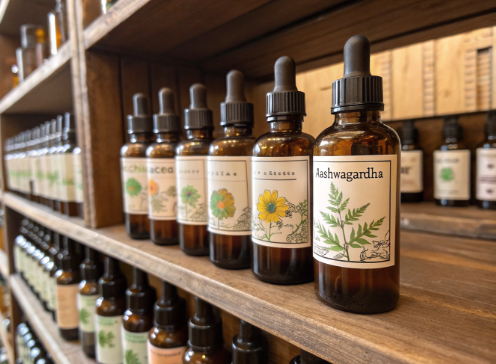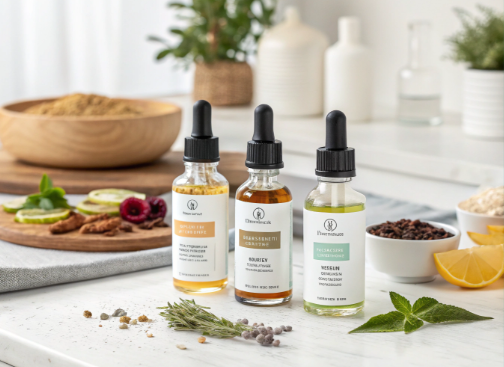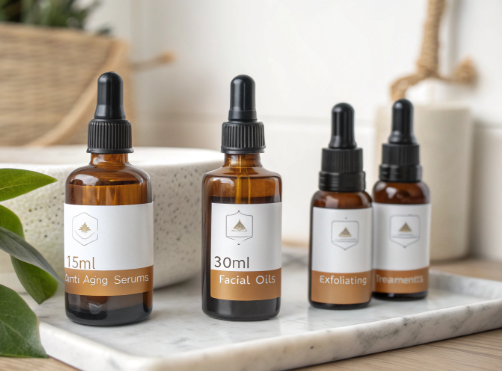The bottle protects the oil—but the box protects your brand. In a competitive wellness market, essential oil packaging boxes are more than just containers.
Essential oil packaging boxes are protective outer cartons designed to shield glass bottles from light, impact, and contamination while enhancing retail presentation and communicating brand identity.
At PauPack Bottles, we supply not only bottles—but full packaging systems for essential oils. That includes custom-printed boxes designed to meet storage needs, shelf visibility, and compliance standards. Let’s explore why boxes matter more than you think.
What is the best packaging for essential oils?
The best packaging protects your oil physically, chemically—and emotionally, through customer trust.
The best essential oil packaging combines UV-protective glass bottles with airtight caps and a durable, branded box that reinforces both function and storytelling.
Essential oils are sensitive to light, heat, air, and contamination. While amber glass solves part of the problem, a custom box completes the defense.
Components of a Best-in-Class Packaging Set
| Component | Function | Why It Matters |
|---|---|---|
| Amber/Cobalt Bottle | UV & oxygen protection | Preserves oil purity |
| Leakproof Cap | Prevents oxidation and spillage | Maintains safety during transport |
| Custom Box | Light block, impact buffer, shelf appeal | Enhances brand image, protects in shipping |
At PauPack, we provide low-MOQ custom packaging solutions including rigid boxes, tuck-end cartons, and magnetic gift boxes—all tailored for oils from 5ml to 100ml.
What are boxes used for in packaging?
Boxes are more than outer wrappers—they serve multiple technical and brand-building roles.
Boxes are used in packaging to protect products, organize sets, communicate key product information, and create a premium unboxing experience.
For essential oils, boxes help with:
-
UV shielding (especially for clear or frosted bottles)
-
Shock absorption (glass needs protection in shipping)
-
Retail presentation (standing out on the shelf)
-
Regulatory labeling (especially in the EU or US)
Box Functions for EO Packaging
| Purpose | Example | Box Type |
|---|---|---|
| Single bottle retail | Lavender 10ml with dosage guide | Tuck-end box with insert |
| Gift or starter kit | 6 oils in aromatherapy set | Rigid magnetic box with foam |
| Eco minimal | Organic citrus oil | Kraft paper wrap with label |
| Subscription sample | Monthly EO drop kit | Corrugated mailer with insert |
PauPack helps brands match bottle type + box style + label design to create a cohesive customer experience from shelf to shipment.
How should essential oils be stored?
It’s not just what’s in the bottle—it’s how you keep it.
Essential oils should be stored in dark, cool, and dry environments—preferably in amber glass bottles housed inside light-blocking boxes or cabinets.
Light, heat, and air degrade oil quality over time. A well-designed box slows this degradation, especially for:
-
Retail shelf products
-
Clear bottle styles
-
Gift sets or samplers
-
Long-haul e-commerce shipping
Best Storage Conditions for Essential Oils
| Factor | Ideal Condition | How Boxes Help |
|---|---|---|
| Light | No direct sunlight | Opaque or laminated box walls |
| Temperature | 10–25°C (50–77°F) | Insulates against heat spikes |
| Air Exposure | Airtight cap + boxed storage | Reduces leak risk during transit |
| Handling | Avoid pressure or drop | Rigid insert protects bottle |
PauPack boxes can be printed with expiry dates, usage instructions, or QR codes for customer education—adding both function and value.
Why are essential oils stored in dark glass bottles?
It’s about chemistry—and customer safety.
Essential oils are stored in dark glass bottles because UV light degrades their chemical compounds, altering aroma, reducing therapeutic effects, and increasing skin irritation risk.
Amber glass blocks ~90% of UV radiation, while cobalt offers style with moderate protection. But even the best glass benefits from an extra shield—like a box.
Science Behind the Dark Glass + Box Combo
| Risk Factor | Bottle Protection | Box Adds |
|---|---|---|
| UV exposure | Amber/cobalt glass | Full blackout for clear/frosted |
| Temperature shock | Thick glass slows change | Box acts as insulation buffer |
| Mechanical damage | Fragile if dropped | Box provides cushioning |
At PauPack, we recommend boxed packaging especially for essential oils with short shelf lives (like citrus oils), blends with active botanicals, and premium product lines.
Conclusion
A beautiful bottle sells the promise—but the box delivers the experience. For essential oils, a custom packaging box is protection, branding, and education—all in one.
Choose a box that protects your formula, fits your vision, and builds your customer’s trust—because what’s outside matters just as much as what’s inside.



